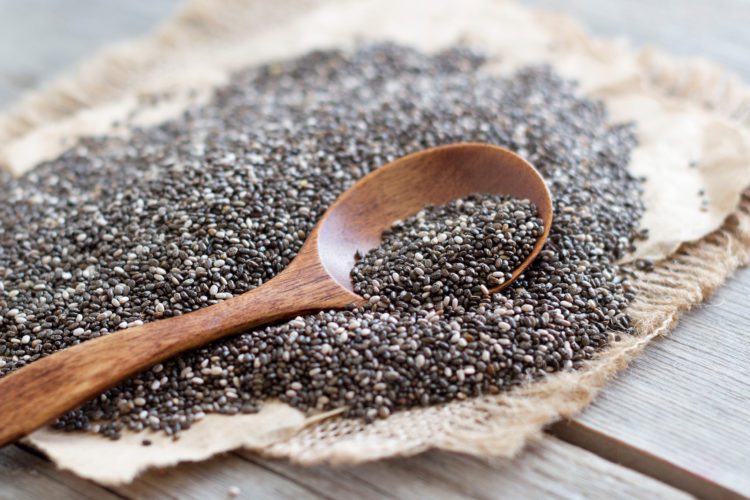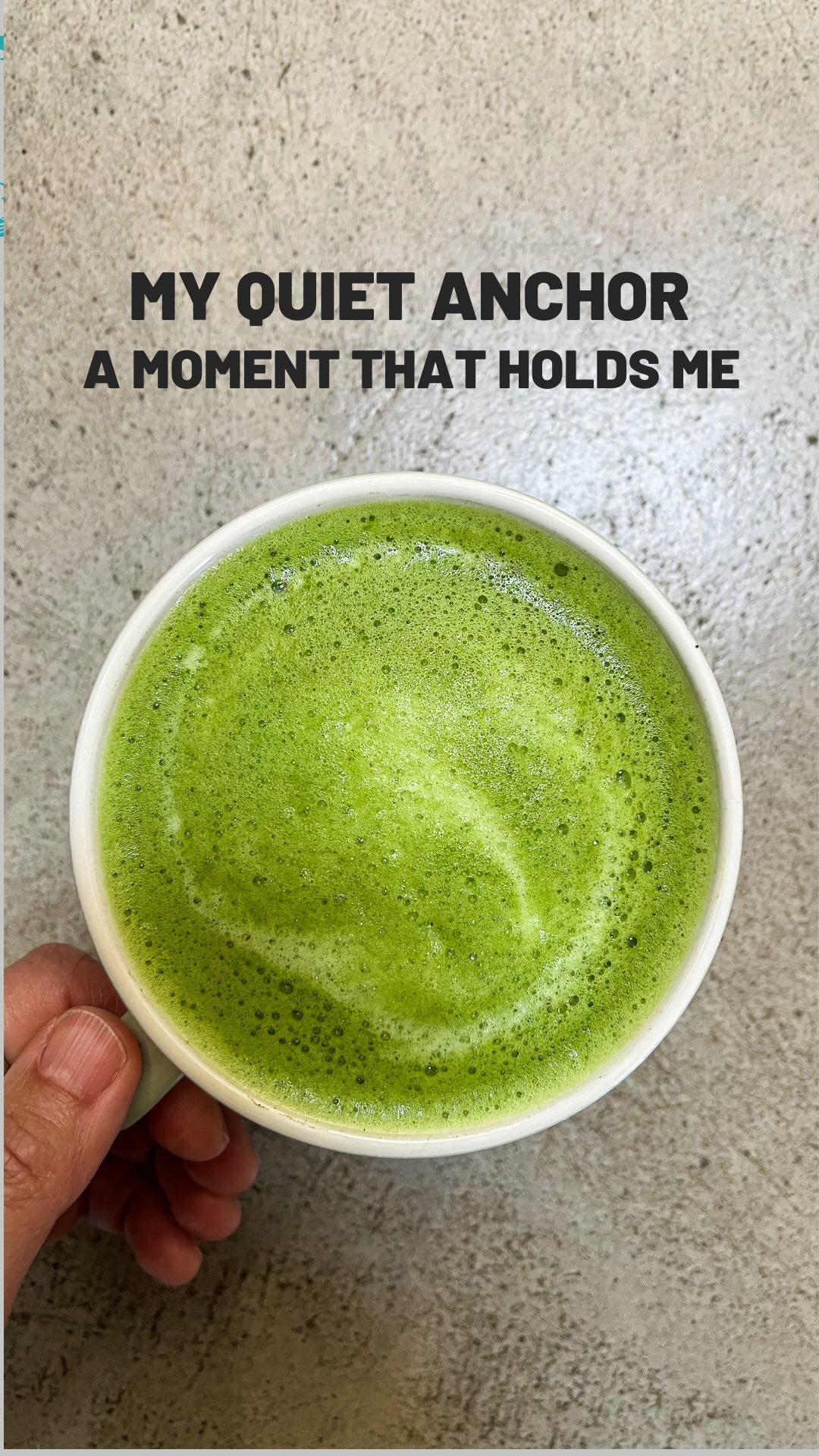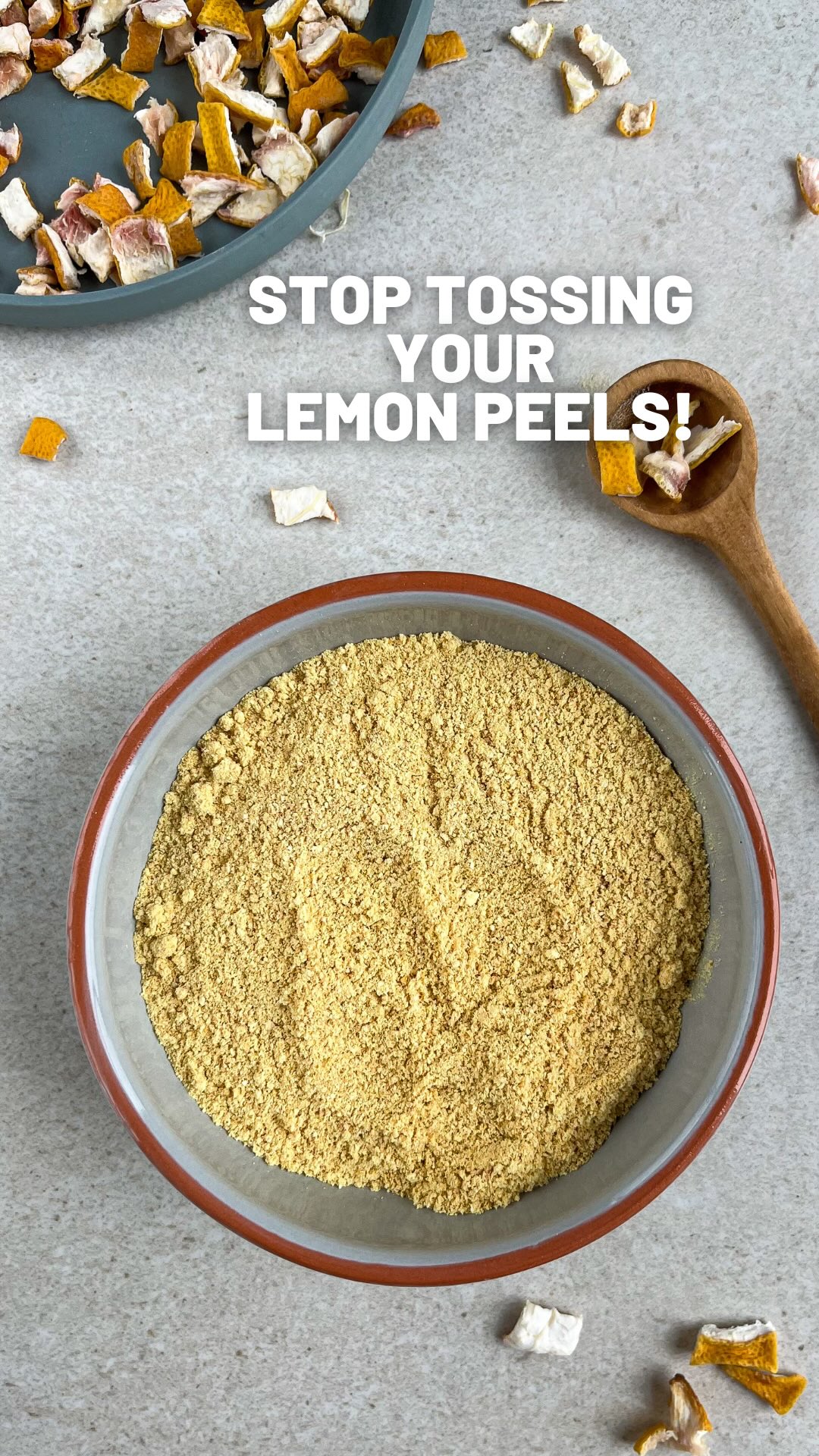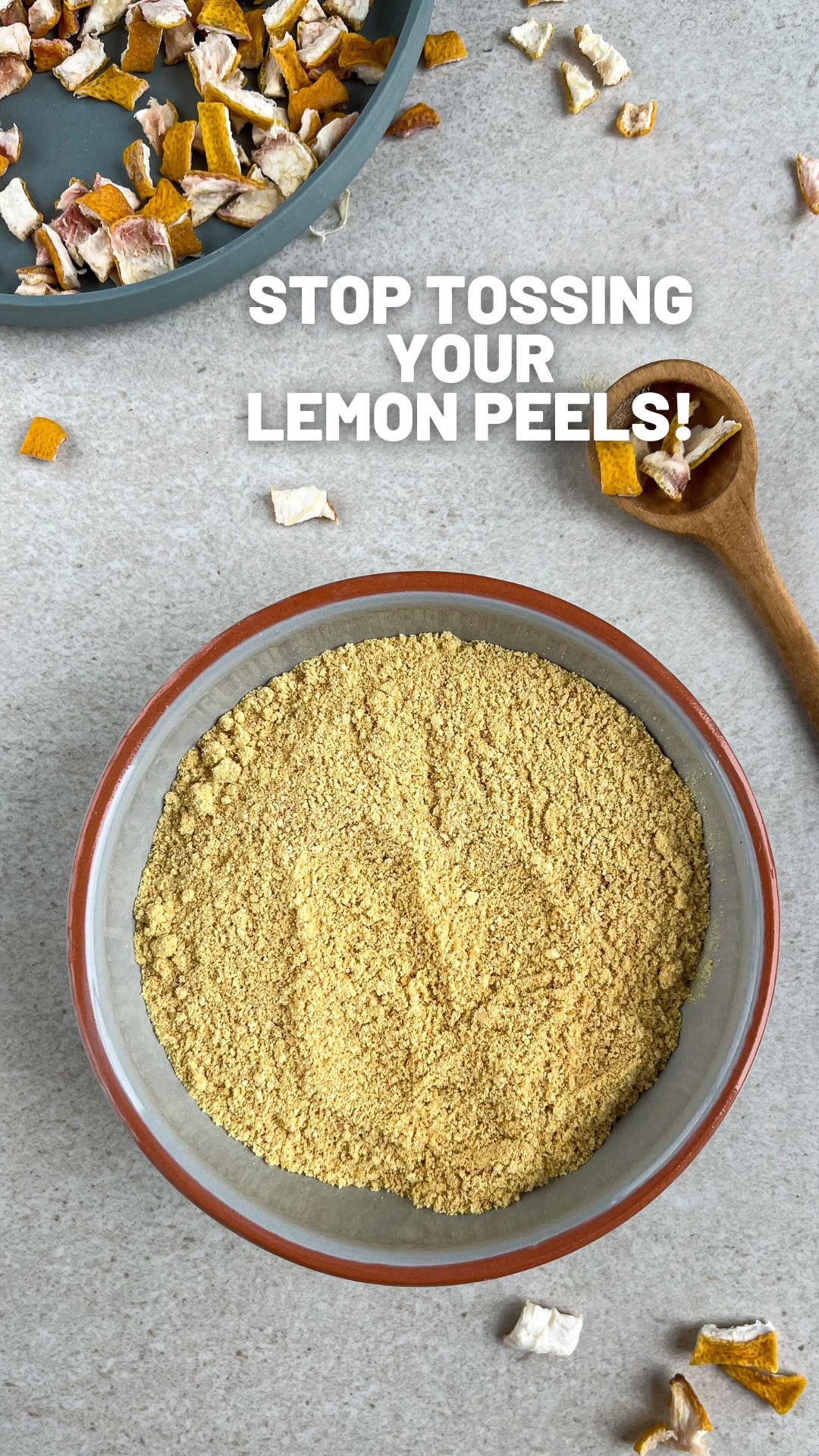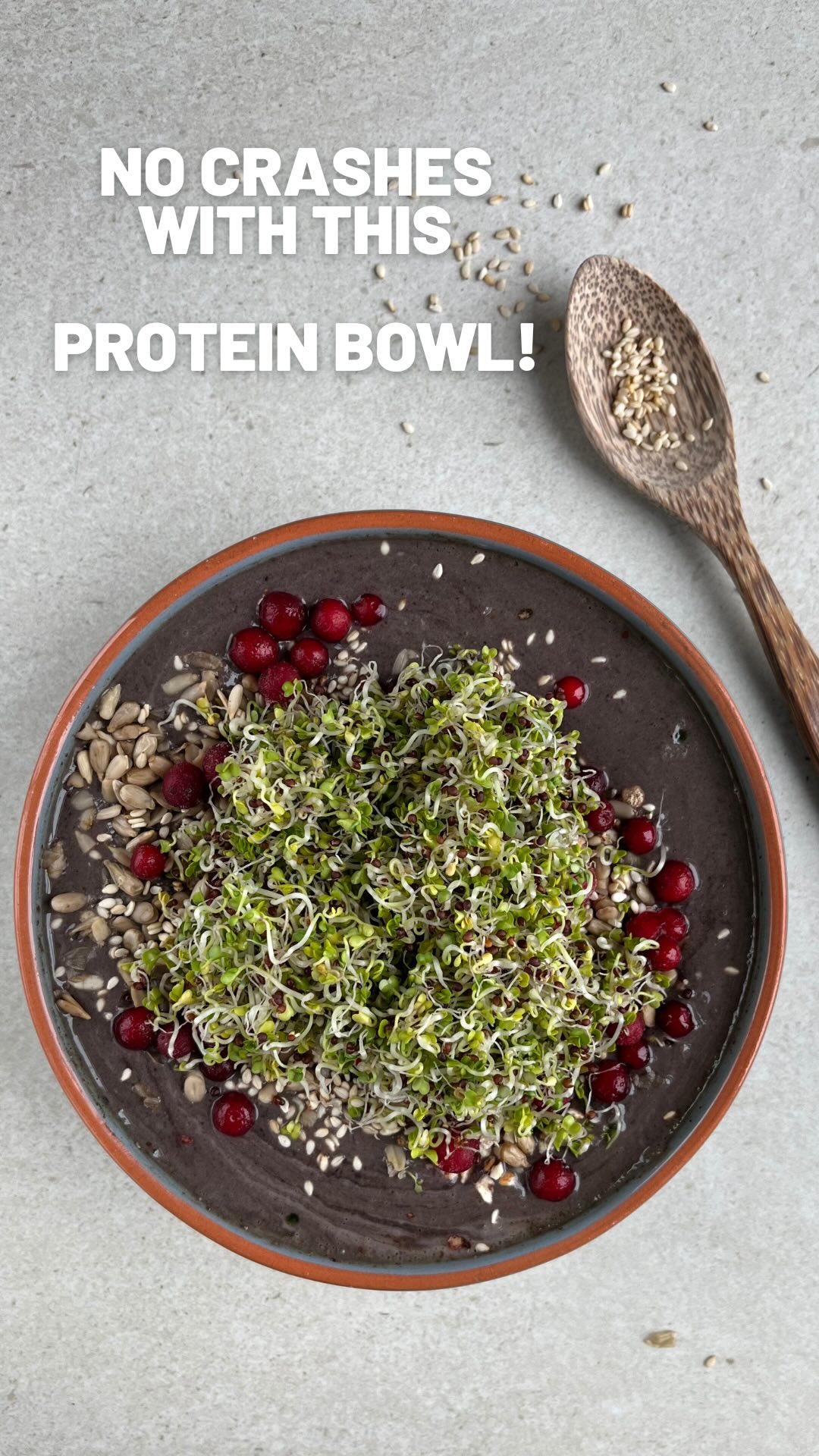Learn what are natural laxatives and laxative foods, how to use them and why they are a healthy part of your diet.
Table of contents
The Key Factors for Supporting Elimination Naturally
Before you opt for something as extreme as Epsom salt flush, try more natural laxatives and overall healthier elimination supporting diet and lifestyle first.
The main factors that support healthy bowel movement:
- Water.
Drink adequate levels of water: 8-10 glasses in addition to food but away from food.
- Fibre.
Get enough fibre from your diet: women should try to eat at least 21-25 grams a day, while men should aim for 30-38 grams a day. More is encouraged.
- Exercise.
Move your body every day.
- Sleep.
Good quality sleep is very important for healthy bowels.
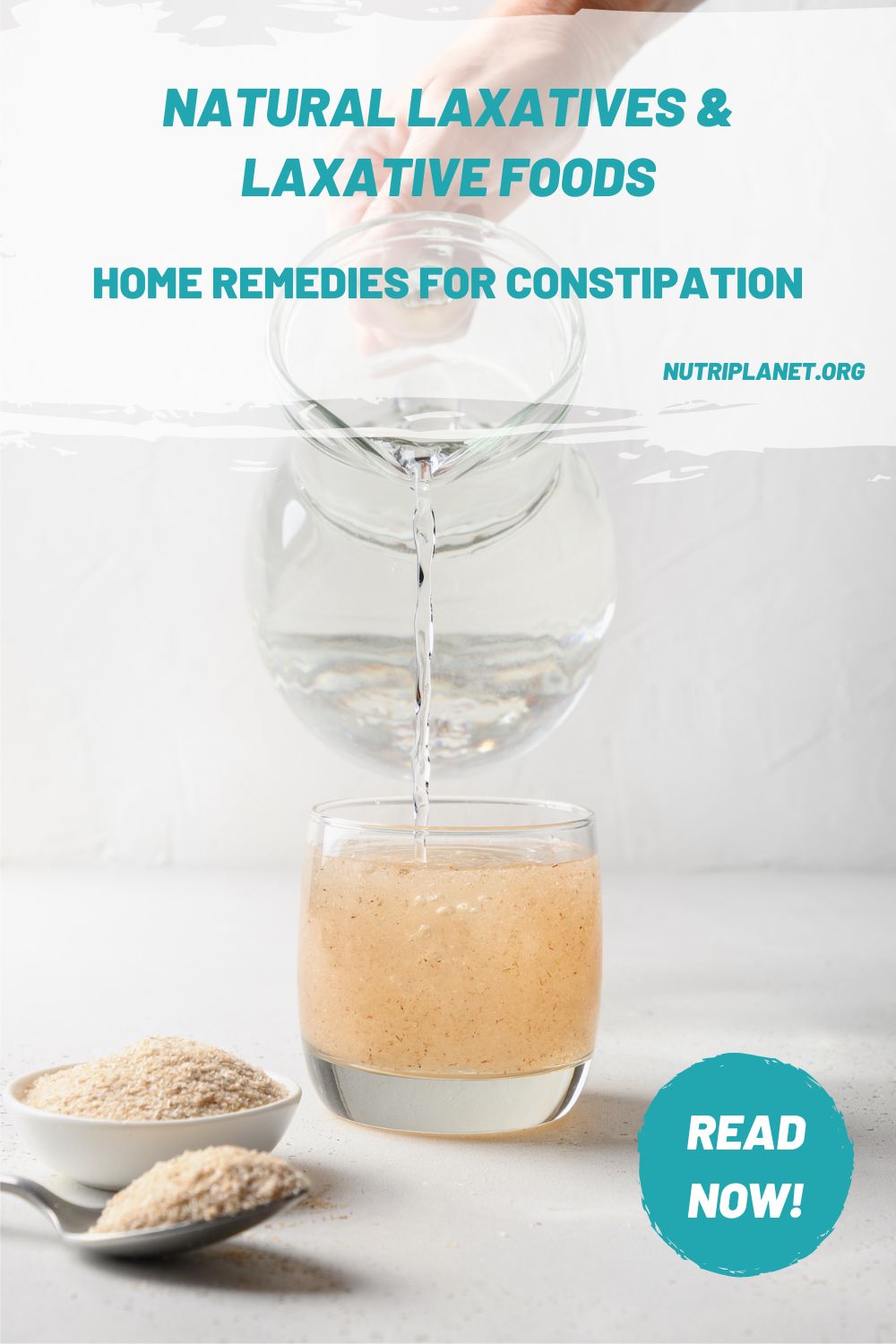
Natural Laxatives and Laxative Foods
In case you’re doing all those aforementioned things but still feel constipated, try one of the following natural laxatives and laxative foods that support bowel movement.
Chia Seeds and Psyllium Husks
They both contain soluble fibre that absorbs water to form a gel. This in turn helps to form softer stools to ease constipation.
Add a tablespoon of either whole organic chia seeds or psyllium husks to a glass of water. It’s important to let it absorb the water before drinking it on an empty stomach first thing in the morning. By the way, it takes longer for chia seeds to swell up.
You can also make a pudding using either one of them.
Whatever you do, don’t swallow chia seeds or psyllium husks dry. They’d swell in your airways and cause suffocation. Or, it can cause gastrointestinal obstruction if you don’t drink plenty of water with them.
Recipes on my blog and YouTube using chia seeds or psyllium husks:
- High-Protein Breakfast Bowl
- Spiced Pumpkin Chia Pudding
- Chocolaty Chia Pudding
- Raw Buckwheat Cheesecake
- Vegan Mozzarella Cheese
- Low Glycemic Chocolate Overnight Oats
By the way, if you want to consume chia seeds for their omega 3 fatty acid content, grind them up first and then add to smoothies, bakes, pancake batter. Alternatively, make a pudding, just as you’d do with whole chia seeds. It’s important to note that ground seeds will absorb any liquids much faster, so that you have your dessert ready in minutes instead of hours. In fact, I use ground chia seeds in my high-protein breakfast bowl.
High-Fibre Foods
Increase berries in your diet. They contain both soluble and insoluble fibre. Insoluble fibre does not absorb water but moves through the body intact, increasing the bulk of stool for easier passage.
Legumes are high in fibre, which can improve regularity. Eating legumes can help increase your body’s production of butyric acid, a type of short-chain fatty acid that may act as a natural laxative.
Studies show that butyric acid could help treat constipation by increasing the movement of the digestive tract. [1]
Leafy greens like spinach, kale, and cabbage work in a few different ways to improve regularity and prevent constipation.
Leafy greens are also rich in magnesium. This is the main ingredient in many types of laxatives, as it helps draw water into the intestines to help pass stools.
Apples contain lots of pectin, a type of soluble fibre that can act as a laxative.
Kiwifruit contains a mix of both insoluble and soluble fibre. It also contains pectin, which has been shown to have a natural laxative effect. It works by increasing the movement of the digestive tract to stimulate a bowel movement. [2]
Prunes are one of the most famous natural laxatives. I like to blend them up with some water and get prune puree which is great in desserts like chia pudding.
Several studies have found that prunes can increase stool frequency and improve consistency better than other natural laxatives, including psyllium fibre. [3]
Oat Bran
Oat bran is high in both soluble and insoluble fibre, which makes it a good choice as a natural laxative. It is produced from the outer layers of the oat grain.
I have several recipes using oat bran on my blog – porridges, pancakes as well as muffins and cookies:
- Oat Bran Zucchini Muffins
- Creamy Oat Bran Porridge with Tart Cherries
- Chocolaty Beet Oat Bran Porridge
- Spiced Oat Bran Porridge
- Low-Carb Cauliflower Oatmeal
- Lentil Oatmeal
- Pumpkin Chocolate Chip Cookies
- Buckwheat and Oat Bran Pancakes with Veggies
Ground Flaxseeds
Ground flaxseeds have natural laxative properties and are an effective treatment for both constipation and diarrhoea.
Flaxseeds contain a good mix of both soluble and insoluble fibre, which helps reduce intestinal transit time and adds bulk to stools. So, add a tablespoon of ground flaxseeds to a smoothie or porridge. [4]
Make sure you buy whole organic flaxseeds, grind them yourself and store in an airtight container or a jar in the fridge.

Download my FREE Guide to Plant-Based Diet
Including a full day’s meal plan!
Learn the basics, prepare your kitchen and pantry, compile a balanced meal plan, handle challenges with family and friends, learn the tricks of dining out as well as travelling.
Learn the secrets of weight loss, better health and happiness!
Castor Oil Packs
Castor oil packs help with constipation by stimulating smooth muscles of the body.
The oil stimulates smooth muscle contraction via the prostaglandin EP3 receptors of the body. Smooth muscle is what the intestines and guts are composed of as is the uterus. Working with castor oil packs stimulates these to move. That being said, it’s worth trying out castor oil packs instead of using laxatives.
Read more on castor oil packs.
Coffee
Many of us wonder whether coffee is a natural laxative. Well, for some people, coffee may increase the urge to use the bathroom. It contains caffeine, which may affect the amount of time it takes for substances to move through your digestive tract. However, the evidence is inconclusive.
One study revealed that coffee stimulates colonic motor activity. Its magnitude was similar to a meal, 60% stronger than water, and 23% stronger than decaffeinated coffee. [5]
Senna Tea
Extracted from the plant Senna alexandrina, senna is an herb that’s often used as a natural stimulant laxative. However, you need to be cautious with that one as it is addictive if abused.
The constipation-relieving effects of senna are attributed to the plant’s sennoside content. Sennosides are compounds that work by accelerating the movement of the digestive system to stimulate a bowel movement. They also increase fluid absorption in the colon to aid in the passage of stool.
It can cause adverse events including clinically apparent liver injury when used in high doses for longer than recommended periods. The time to onset of liver injury was usually after 3 to 5 months of use. The liver injury was mild-to-moderate in severity and resolved rapidly when senna tea consumption was discontinued. In at least one instance, re-exposure led to rapid recurrence of liver injury. [6]
Probiotic Fermented Foods
Consumption of probiotics as well as fermented foods that have probiotics added to them, may substantially reduce the gut transit time, increase the stool frequency, and improve the stool consistency. [7]
Probiotic fermented foods include kefir and yogurt for example. In a study, participants drank 500 ml of kefir a day for 4 weeks. They reported increased stool frequency, improved consistency, and decreased laxative use. [8]
Celery Juice
Some people report laxative effect of celery juice when drunk at least in the amount of 2 glasses on an empty stomach and over a period of several days or weeks.
I have a video about drinking celery juice for 30 days and address this issue there. For me personally, it didn’t have a laxative effect, it simply aided with elimination, but I never developed diarrhoea. Or go to the blog post in Drinking Celery Juice.
Forms of Magnesium
Magnesium is often used to treat constipation. It appears to be helpful because it draws water into your colon, which promotes bowel movements. [9]
Most often, magnesium is taken by mouth to relieve constipation in the form of magnesium citrate or magnesium hydroxide.
Magnesium oxide has been considered safe to use on a regular basis in case of mild constipation. Standard doses of 40-80 mmol of magnesium ion usually provokes a bowel movement within 6 hours.
Magnesium sulphate (Epsom salt) is a more potent laxative that tends to produce a large volume of liquid stool and abdominal distention.
Magnesium citrate is also a powerful natural laxative. It has been shown to be more bioavailable and better absorbed in the body than other forms of magnesium, such as magnesium oxide. [10] It increases the amount of water in the intestinal tract, which causes a bowel movement. [11]
When combined with other types of laxatives, magnesium citrate has been shown to be as effective as traditional colon-cleansing regimens used before medical procedures. [12]
If you’re doing everything right (water, exercise, good sleep, enough fibre, both soluble and insoluble) and you still don’t eliminate enough (2-3 times daily), talk to your doctor. You might temporarily benefit from an over-the-counter laxative or Epsom salt flush.
Read about Epsom Salt Flush: How to Do, Benefits, and Dangers.
Disclosure: this post contains affiliate links. As an Amazon Associate I earn from qualifying purchases. For every purchase made from the links in this post, you’ll be able to support my work. So you can look after your health, and contribute to my mission at the same time. Thank you!

